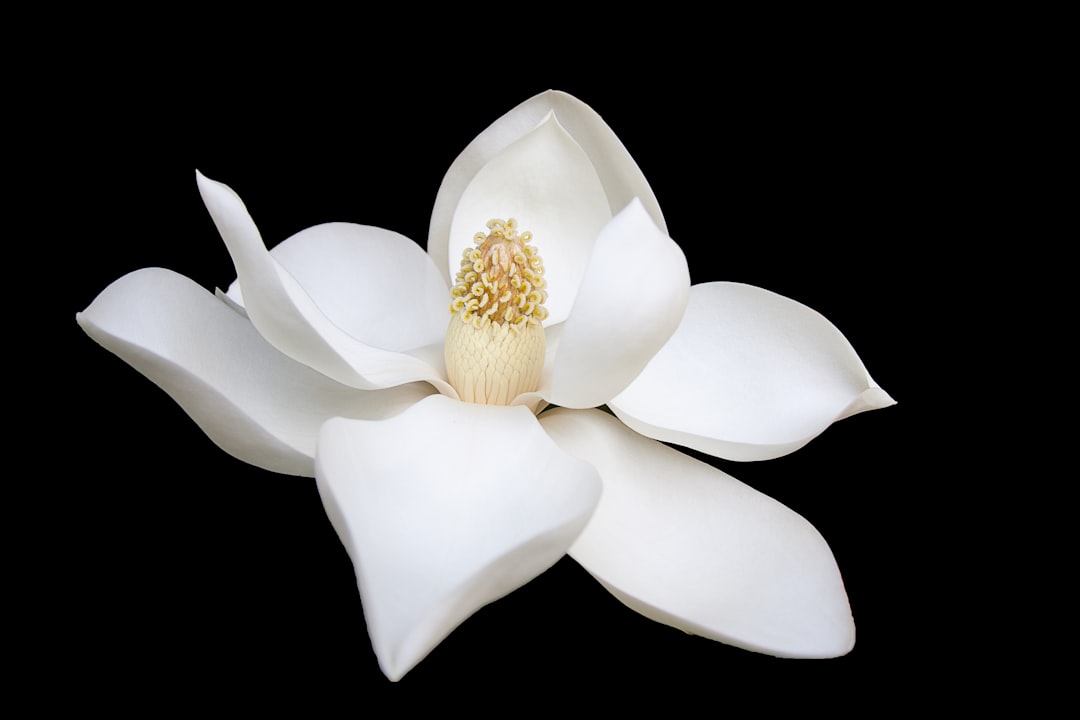Indoor hydroponic flower gardens are revolutionizing the way we grow and enjoy vibrant, fragrant blooms. Whether you have limited outdoor space or simply want to brighten up your home with fresh flowers year-round, hydroponics offers a soil-free, efficient, and sustainable way to cultivate beautiful floral displays. In this guide, we’ll explore the benefits of hydroponic flower gardening, the best flowers to grow, and tips for creating a thriving indoor hydroponic garden.
Why Grow Flowers Hydroponically Indoors?
1. Year-Round Blooms
With hydroponics, you control the environment, ensuring flowers thrive regardless of the season. This means you can enjoy a continuous display of colorful blooms, even in the middle of winter.
2. Faster Growth & Healthier Plants
Because hydroponic systems provide direct access to water and nutrients, flowers grow faster and healthier than in soil. The controlled conditions minimize pests and diseases, leading to stronger, more vibrant plants.
3. Space-Saving & Clean Gardening
Hydroponic gardens don’t require soil, making them a mess-free and space-efficient option for urban dwellers or those with limited gardening space. Systems like vertical gardens, nutrient film technique (NFT), or deep water culture (DWC) allow for creative arrangements in small indoor areas.
4. Enhanced Fragrance & Color
With precise nutrient and light control, hydroponic flowers can develop richer colors and more intense fragrances compared to their soil-grown counterparts.
Best Flowers to Grow Indoors Hydroponically
Not all flowers thrive in hydroponic systems, but many varieties adapt well. Here are some of the best flowers to grow hydroponically indoors:
1. Roses 🌹
-
One of the most sought-after flowers for hydroponic cultivation.
-
Requires strong LED grow lights and well-balanced nutrients to promote large, fragrant blooms.
-
Ideal for deep water culture (DWC) or ebb and flow systems.
2. Orchids 🌸
-
Thrive in aeroponic or NFT systems with proper humidity and light.
-
Require specific nutrient formulations to mimic their natural tropical environment.
3. Tulips 🌷
-
Can be grown hydroponically using the water-forcing method.
-
Require a chilling period before blooming, so pre-chilled bulbs work best.
4. Lavender 💜
-
Offers both beauty and a soothing fragrance, perfect for indoor spaces.
-
Grows well in aeroponic or drip systems with ample light and airflow.
5. Marigolds 🌼
-
Fast-growing and low-maintenance, ideal for beginner hydroponic gardeners.
-
Naturally repels pests, making it a great companion flower.
6. Petunias 🌺
-
Bloom profusely and add a pop of color to indoor gardens.
-
Adapt well to NFT and drip irrigation systems.
7. Daisies 🌻
-
Hardy flowers that grow well in hydroponic systems with proper nutrient support.
-
Require moderate lighting and regular pruning to encourage continuous blooming.
Setting Up Your Indoor Hydroponic Flower Garden
1. Choose the Right Hydroponic System
The best system depends on the flowers you want to grow:
-
Deep Water Culture (DWC): Best for larger flowers like roses and tulips.
-
Nutrient Film Technique (NFT): Ideal for small flowering plants like petunias and daisies.
-
Aeroponics: Works well for orchids and lavender, which require excellent root aeration.
-
Drip Irrigation: Great for flowers that need controlled watering, such as marigolds and roses.
2. Optimize Lighting Conditions
Flowers need the right amount and type of light to bloom:
-
Full-Spectrum LED Grow Lights: Provide the necessary blue and red light for flower development.
-
Light Duration: Most flowering plants need 12-16 hours of light per day.
3. Maintain Proper Nutrient Balance
-
Use a flowering-stage nutrient solution with higher phosphorus and potassium to encourage blooming.
-
Keep the pH level between 5.5 and 6.5 for optimal nutrient absorption.
-
Regularly check the EC (electrical conductivity) levels to prevent nutrient imbalances.
4. Control Temperature & Humidity
-
Temperature: Maintain 65°F - 75°F (18°C - 24°C) for optimal flower growth.
-
Humidity: Keep levels between 50-60% to prevent mold and mildew.
-
Ensure good air circulation to keep flowers healthy.
5. Pollination (If Needed)
Some flowers require pollination to produce seeds or continue blooming:
-
Gently shake plants or use a soft brush to transfer pollen between flowers.
-
If growing near a window, allow some natural airflow to aid pollination.
Tips for a Thriving Hydroponic Flower Garden
🌿 Use High-Quality Seeds or Cuttings: Start with disease-free seeds or healthy plant cuttings for the best results.
💡 Monitor Water Levels & pH Daily: Proper water circulation and pH balance are critical for healthy growth.
🌼 Prune & Train Your Plants: Regularly remove dead leaves and faded flowers to encourage new blooms.
🪴 Rotate Flowering Plants: If using grow lights, rotate plants occasionally for even exposure.
🦠 Prevent Pests & Diseases: Use organic pest control methods such as neem oil or beneficial insects like ladybugs.
Conclusion
Indoor hydroponic flower gardens offer a perfect blend of beauty, fragrance, and sustainability. Whether you want vibrant roses, fragrant lavender, or cheerful daisies, hydroponics allows you to cultivate stunning blooms all year long. By selecting the right system, optimizing environmental conditions, and maintaining nutrient balance, you can create an indoor floral oasis that enhances your living space and brings the joy of gardening indoors.

Comments
No comments yet. Be the first to comment!
You must be logged in to comment. Login